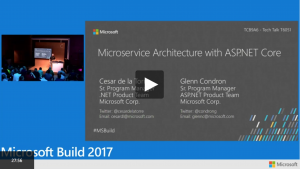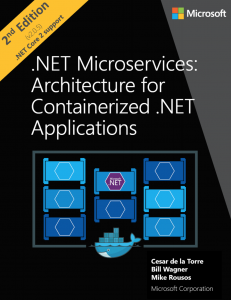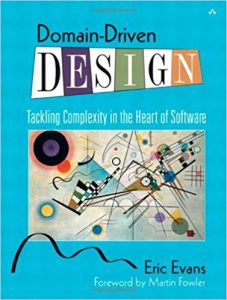“Test” is; “A runnable set of sequential steps to predicate whether the expected result is met or not”. Berk Kibarer – Tunç Kavaklıoğlu
Month: March 2018
Microservice architecture with ASP.NET Core – Glenn Condron, Cesar De Ia Torre Llorente
A great speech from Cesar De La Torre LIorente. Simply well put and provides important insights into microservice architectural approach. https://channel9.msdn.com/Events/Build/2017/T6051 https://channel9.msdn.com/events/Ignite/Microsoft-Ignite-Orlando-2017/BRK3317?term=Microservice%20architecture%20
Test cases for Decision Coverage and Modified Condition / Decision Coverage -Zalán Szugyi
In this study we concern to structural testing methods, especially which are related to Decision Coverage (DC), and Modified Condition / Decision Coverage (MCDC). These coverage metrics are discussed in the next chapter. We analyze several projects – written in Ada programming language – in subprogram level, and estimate how many test cases are needed to satisfy the 100% of DC and MCDC coverage. At last we answer to the question: how many test cases need more to satisfy MCDC then DC. In the second chapter we describe the most frequently used coverage metrics. In the third chapter we give a detailed description about how we analyzed the source codes of projects. Then we discuss the results of our analysis in the fourth chapter. And the summary and the conclusion comes in the fifth chapter. TestCasesForDecisionCoverageAndMCDC http://people.inf.elte.hu/lupin/dc_mcdc_study.pdf
NET Microservices Architecture for Containerized NET Applications – Cesar de la Torre, Bill Wagner, Mike Rousos
Enterprises are increasingly realizing cost savings, solving deployment problems, and improving DevOps and production operations by using containers. Microsoft has been releasing container innovations for Windows and Linux by creating products like Azure Container Service and Azure Service Fabric, and by partnering with industry leaders like Docker, Mesosphere, and Kubernetes. These products deliver container solutions that help companies build and deploy applications at cloud speed and scale, whatever their choice of platform or tools. https://aka.ms/microservicesebook
Testinium @ UKStar [London]
March 12-13, 2018 Attendee : Berk Kibarer Sponsored By : Testinium (Saha BT)
Domain Driven Design – Eric Evans
Eric Evans has written a fantastic book on how you can make the design of your software match your mental model of the problem domain you are addressing. “His book is very compatible with XP. It is not about drawing pictures of a domain; it is about how you think of it, the language you use to talk about it, and how you organize your software to reflect your improving understanding of it. Eric thinks that learning about your problem domain is as likely to happen at the end of…
UI TESTS FT. XPATH
As seen on: TechQa.Com; Well, this post starts off with the basics first, but it will coincide with the title towards the end. I will try to convince you to switch your element locating practice from ids, class names, tag names … to XPath and will explain how this technique helps us test more efficiently. Common Usage The prevalence practice of UI testing is using “id”s when locating an element. If there is no id attribute for the element, new preference would probably be “classname”, “text” or so…And yet, at…
Load Test Correlation
As seen on: Loadium.com; In today’s world, we have to deal with various behaviors of systems while communicating with one another. In most cases, to carry on with test scenarios, we need to fetch the dynamic responses from preceding requests and pass it to the subsequent ones. By simply parsing and passing the needed data to the next caller provides a smooth transition during the test execution process (Load Test Correlation). Storyline: Since load/stress testing scenarios are based on mutual interactions between the client and remote, the need of…
New age architectural touch to test automation @ QAIst [ISTANBUL]
January 24, 2018 Speakers : Berk Kibarer – Elif Tuğba Özfidan QAIst Istanbul, TR 478 Members QAIst, gelişmekte olan yazılım test sektöründendeki bilgi birikimini, üyeleri aracılığı ile paylaşmayı ve geliştirmeyi hedefleyen bir topluluktur. Check out this Meetup Group →
Designing Test Plans with Controllers the Right Way
As seen on: Loadium.com; JMeter Load & Stress testing might seem very straightforward with a little practice, but in big scale projects, things can get complicated. Test plans can be broken, it might be hard to keep the design clean, and it could become a burden for the team to maintain the flow in the long run. Like most things in life, the very same rule applies for JMeter: “Simple can be harder than complex” Steve Jobs. To create a well-organized and smoothly maintainable test in the long run, in this…






